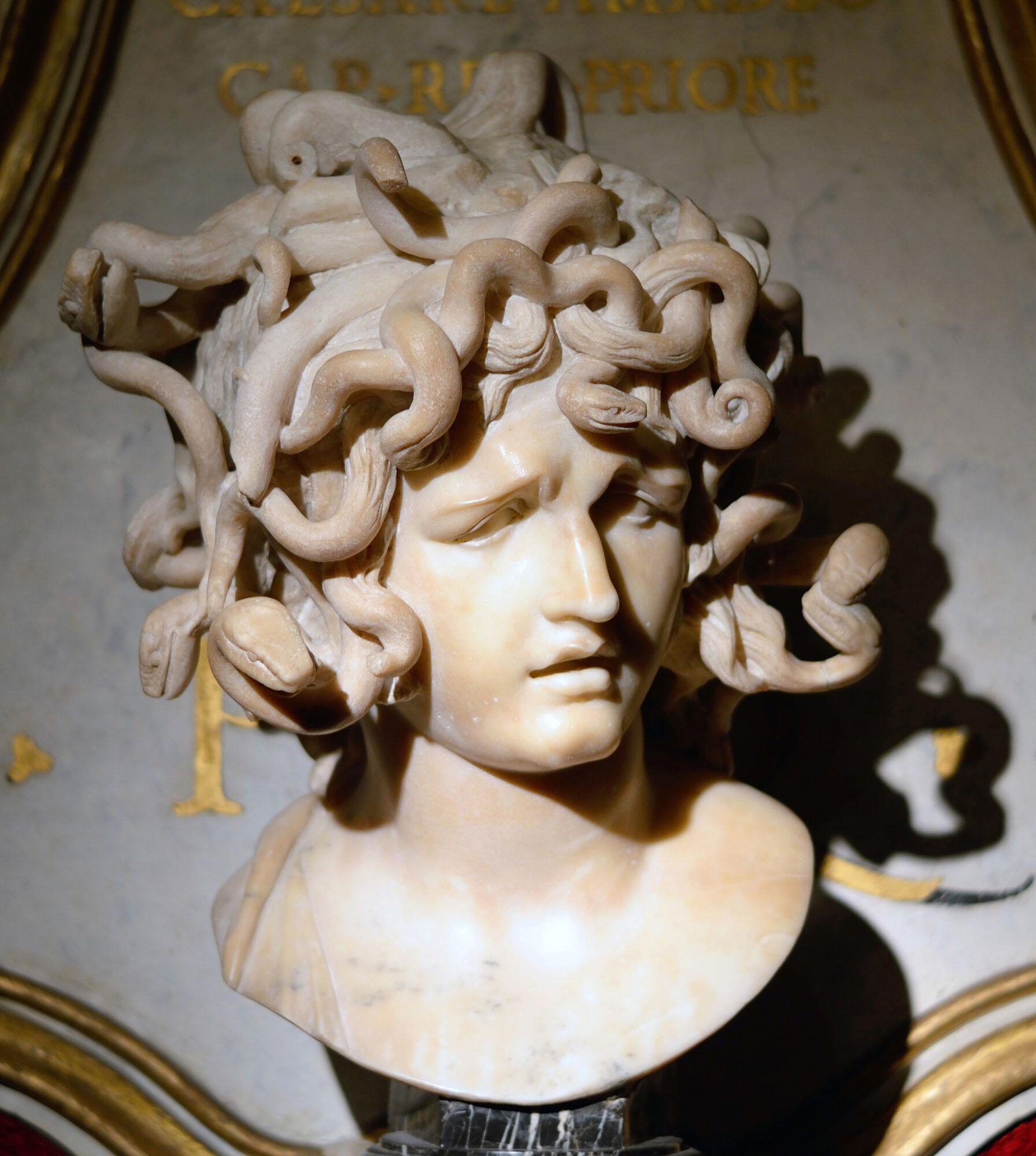Micromosaic started to be developed in the Vatican mosaic workshop towards the end of the 18th century. The size of the smalti, the small multicoloured glass tesserae or blocks, was minute – in the best examples up to 5000 per square inch. Painstakingly arranged with tweezers the design enhanced with gold and silver filaments (see detail here below).
Castellani was not alone in employing fine mosaics in jewellery, in fact they had for some time been used for the inevitable jewellery souvenirs so popular with tourists at the beginning of the 19th century, decorated with romantic views of the Campagna Romana and archaeological ruins. However, Castellani is generally accredited with the return to technical excellency and classical subject matter as in this example.



